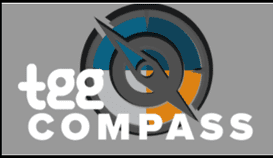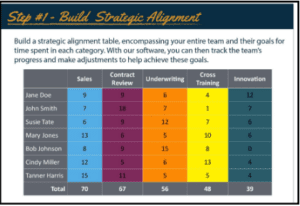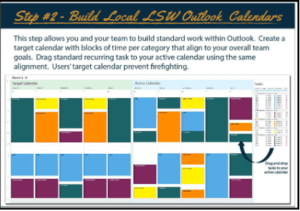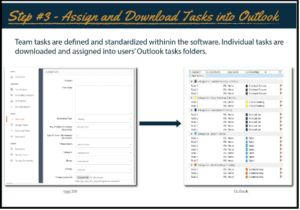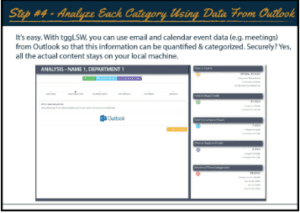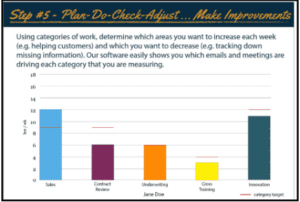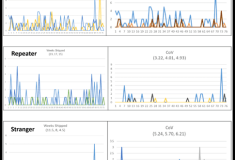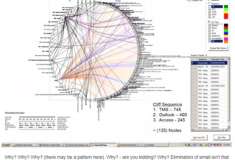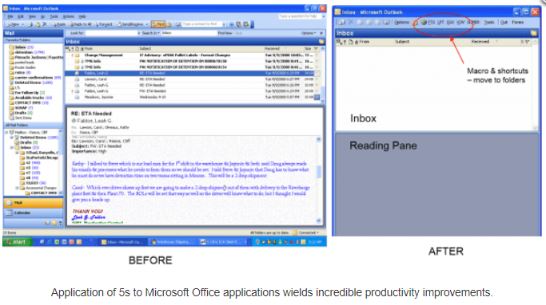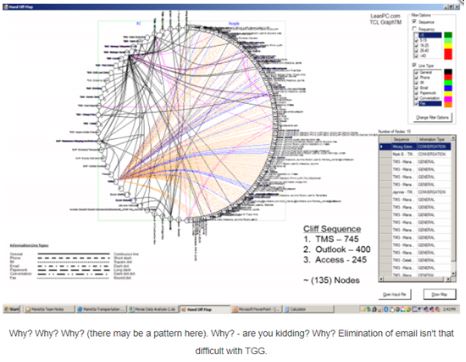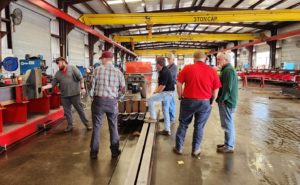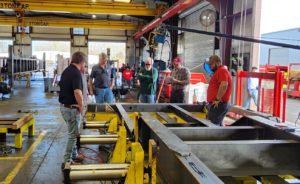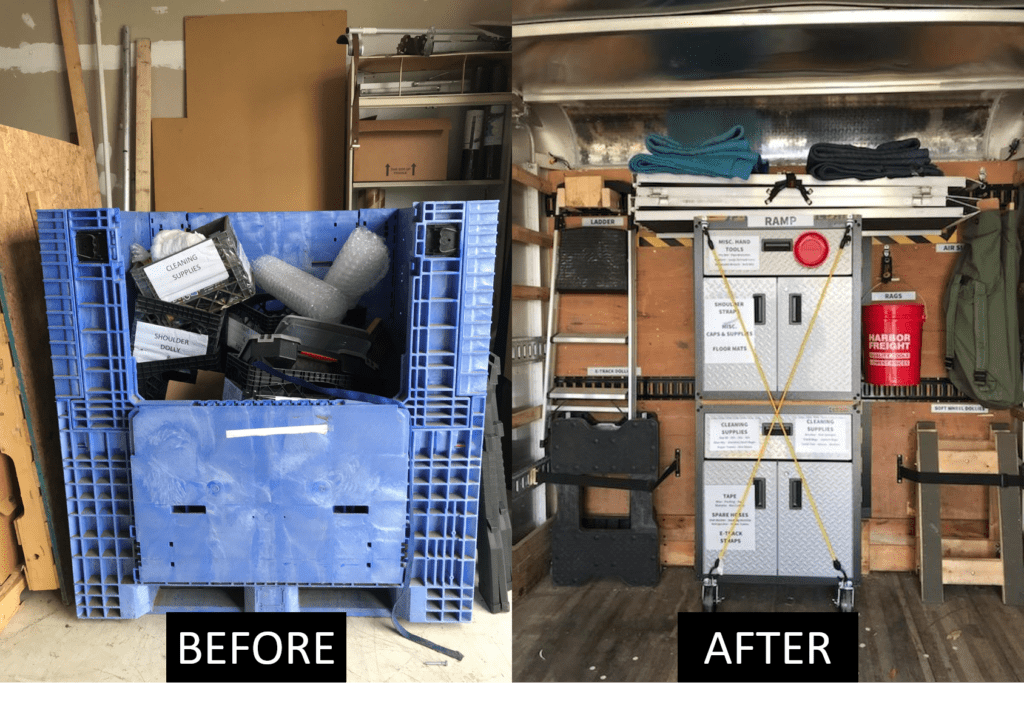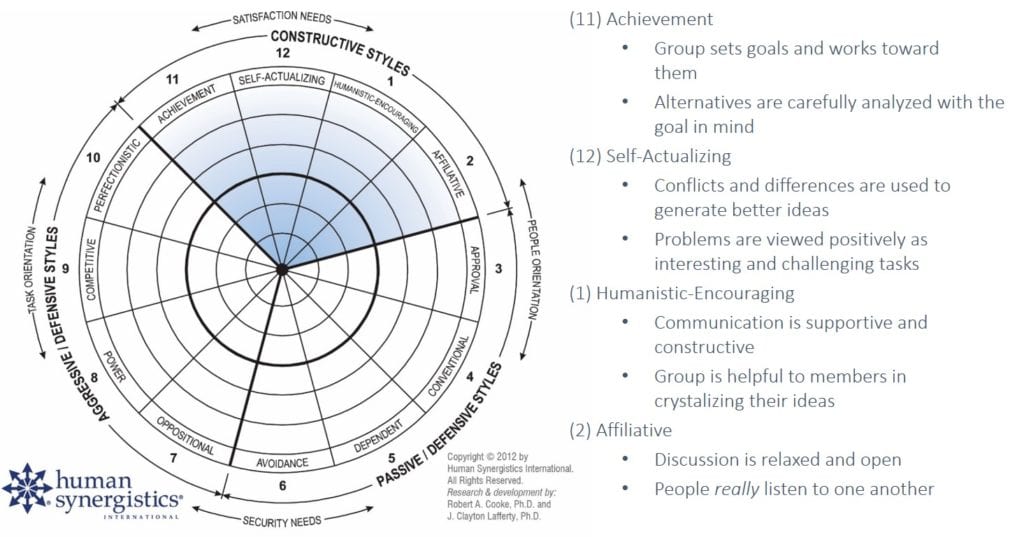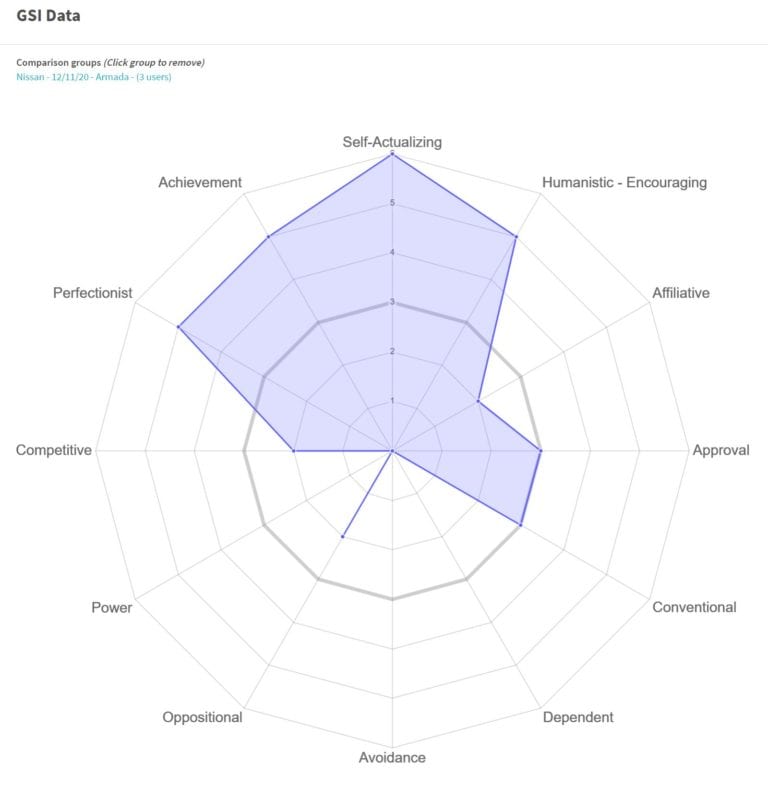Technology can be invaluable for businesses looking to reduce labor costs and save time. By streamlining processes and automating repetitive tasks, businesses can save money and increase efficiency. In this blog, we will explore some of the ways that technology can be used to reduce labor costs and save time in businesses.
One great way to reduce labor costs is to invest in automation. Automation can aid businesses in reducing costs associated with hiring and training new employees, as well as reducing or even eliminating the need for repetitive and time-consuming manual tasks. Automation can also help improve the accuracy of tasks and reduce the amount of time required to complete them.
Automation: https://www.guthriegroup.com/consulting/develop-your-enterprise/transactional-consulting/pc-process-mapping/
Another way to reduce labor costs and save time is to use cloud-based services. By hosting applications and data in the cloud, businesses can reduce the need for expensive hardware and IT staff while improving the speed and accuracy of their operations. Additionally, cloud-based services can be easily scaled up or down as needed, allowing businesses to quickly adjust to changes in their environment.
Cloud based services: Put your Lean transformation data with tgg. https://www.guthriegroup.com/software/compass/
Finally, businesses can save time and reduce labor costs by investing in analytics. There are very little problems that we cannot solve with RCFA. Whether the problems are operational, capacity, or financial, we can aggressively move your team to smooth uninterrupted flow.
TGG will work with you and your team through the following steps:
1 – Develop problem statement
2 – Scope the problem
3 – Set the Target
4 – Identify root causes (Get data!)
5 – Identify solutions
6 – Implement solutions
7 – Evaluate the solution
8 – Standardize the solution
This tool requires data analysis capabilities and moves us deeper into numerous tools within Lean Six Sigma.
By collecting, storing, and analyzing data, businesses gain insight into their operations, allowing them to make better decisions and improve process efficiency. Analytics also help businesses identify opportunities for improvement and cost savings, as well as areas where additional staff or resources may be needed.
Analytics: https://www.guthriegroup.com/consulting/develop-your-enterprise/transactional-consulting/root-cause-analysis-transactional/
In summary, there are several ways that businesses can use technology to reduce labor costs and save time. By investing in automation, cloud-based services, and analytics, businesses can save money and increase efficiency. TGG’s tools allow you to identify root cause of excessive email. How much time do you spend each day processing email? Submit your problem statement today!

